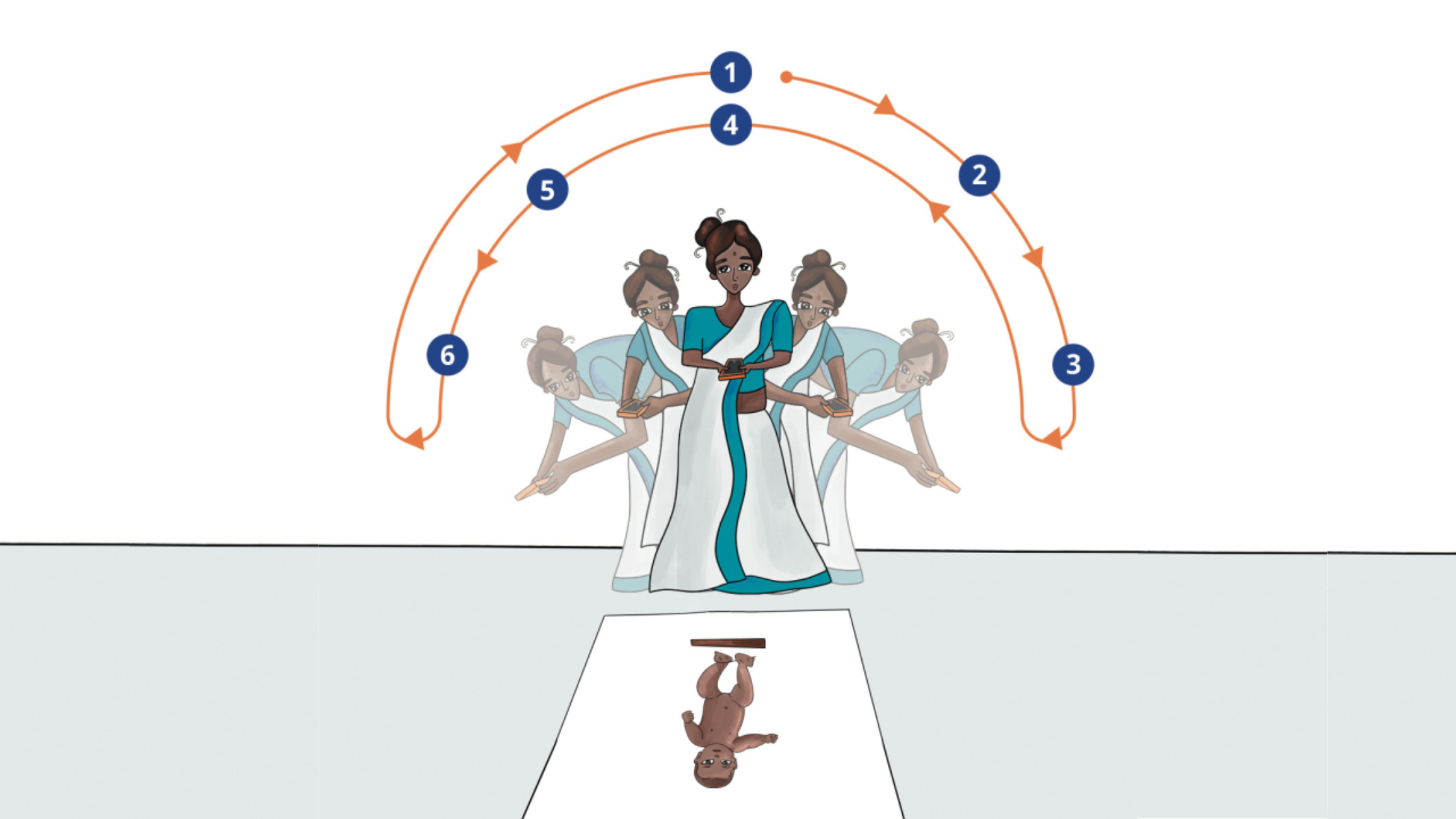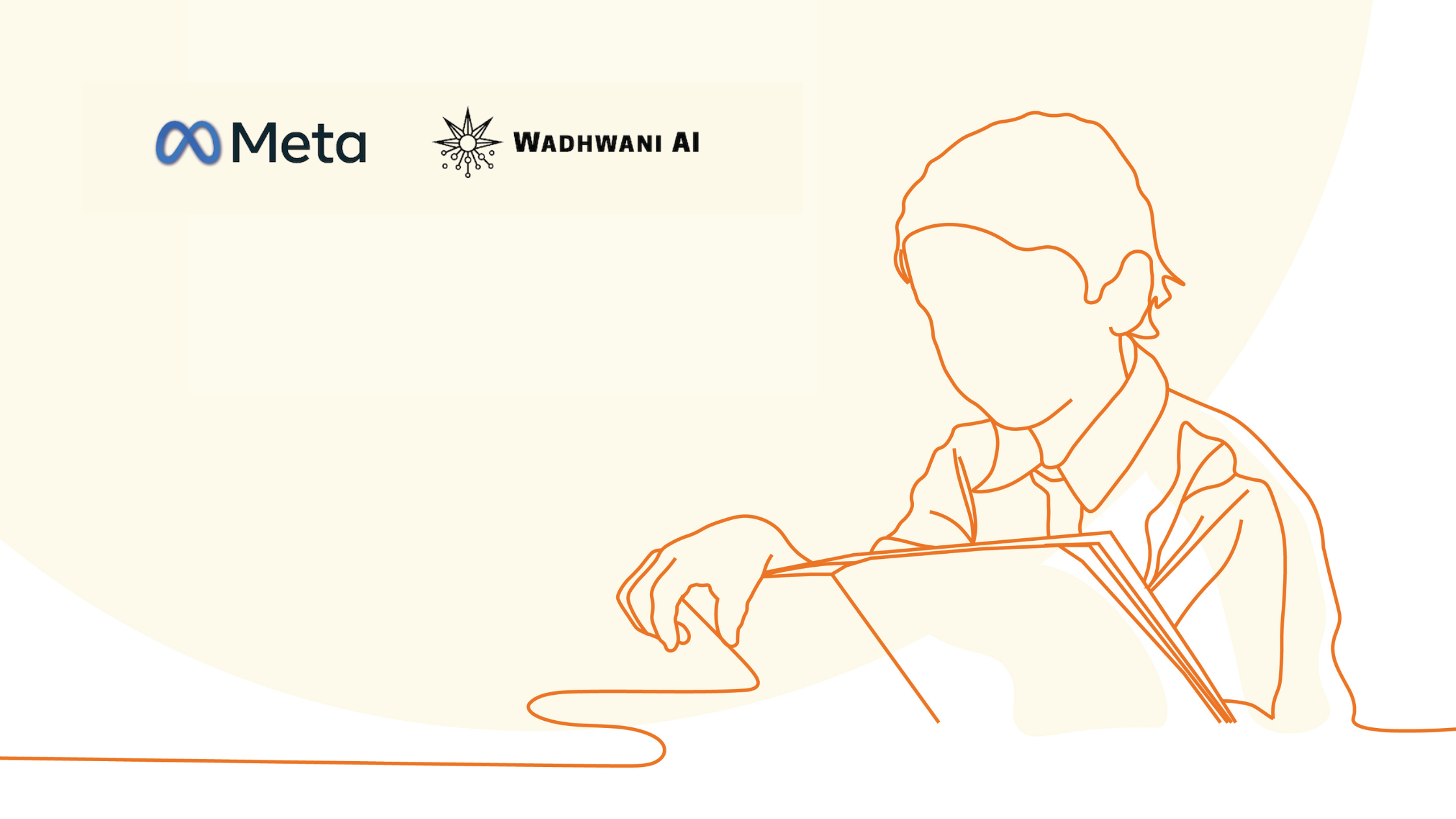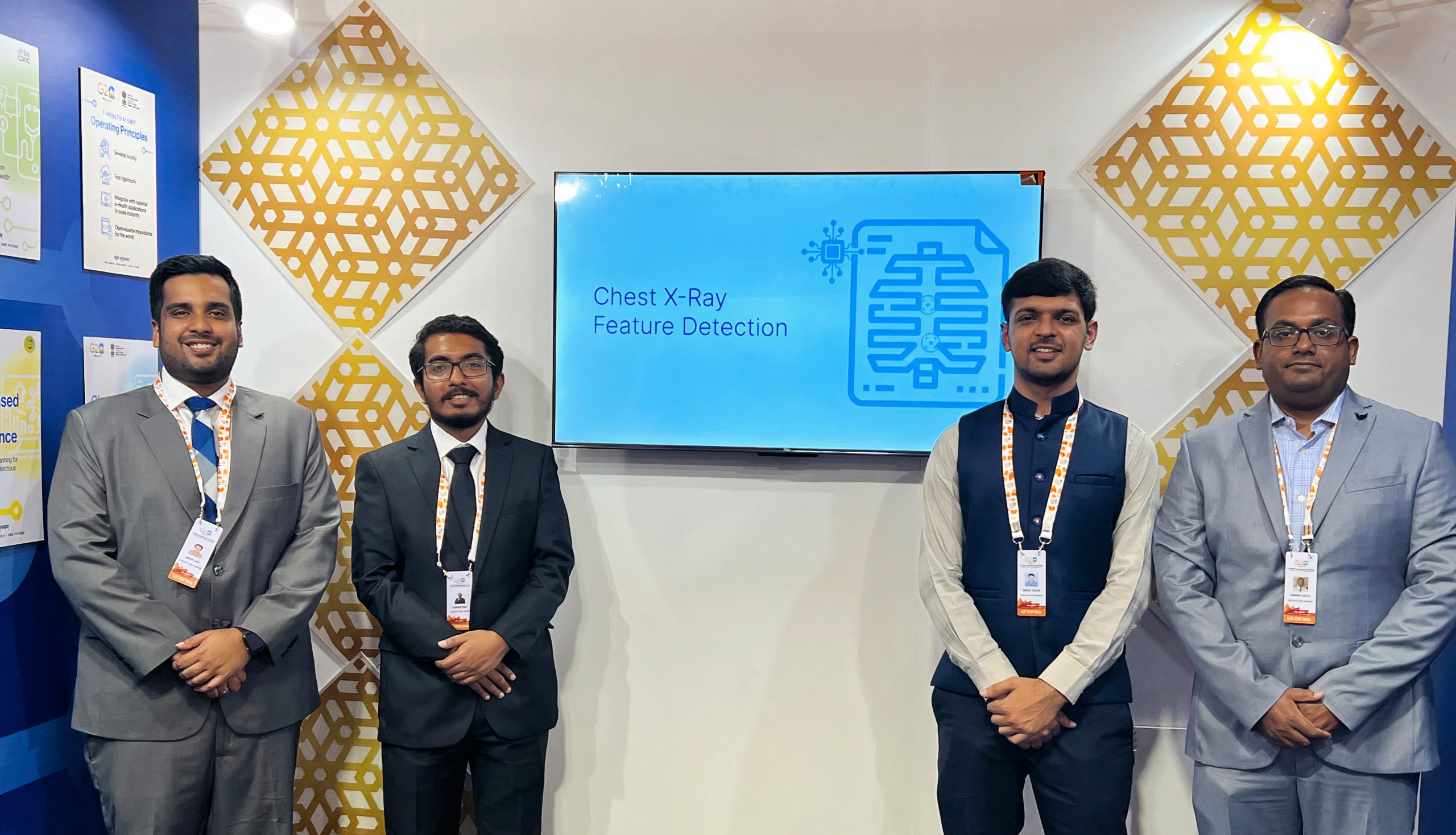On most days, Sanjita Paswan, an Accredited Social Health Activist (ASHA) at a Primary Health Center (PHC) in Dabhel, Daman, has to carry a bulky weighing machine over her shoulder and climb up and down multiple floors. She uses the weighing scale as well as an infantometer to take anthropometric measurements of newborns in the areas that fall under the ambit of Dabhel PHC.
Newborn anthropometry plays a crucial role in the early detection of growth abnormalities, malnutrition, and other health issues—paving the way for timely intervention and care. It involves measuring the physical parameters of newborns, including weight, length, head circumference, chest circumference and mid-upper arm circumference (MUAC). It is an essential part of the Home Based Newborn Care (HBNC) program under the National Health Mission that aims to decrease neonatal mortality in rural areas.
Under this program, whether a baby is born in a health facility or at home, ASHA workers are required to visit them on days 3, 7, 14, 21, 28, and 42 after birth to take measurements. These are aimed at the early identification of health issues for the child to promote timely referrals and interventions.
Simplifying Newborn Measurements with Smartphones
Inaccessible terrains and traveling with heavy equipment make anthropometry assessments physically demanding and time-consuming in many tribal, rural, and semi-urban areas. The equipment itself often becomes a barrier, as it is challenging to transport and set up in the tiny, crowded homes where these measurements are typically taken. This system creates significant gaps in service delivery, as frontline workers (FLWs) may need assistance to reach all the households in their care or may have to forgo some visits due to logistical challenges.
Conventional methods for monitoring children’s growth also come with several challenges. These include issues with the supply and maintenance of equipment, replacing broken or uncalibrated instruments, and the difficulty of using tools like the Salter scale and measuring tapes. Accurately reading and transcribing data is challenging, and the equipment issues increase the risk of data tampering.
Shishu Maapan—designed for FLWs by Wadhwani AI—aims to change all that. The AI-enabled solution allows them to capture accurate measurements of newborns—such as weight, height, and head and chest circumference—using only a basic smartphone. Shishu Maapan can accurately measure the anthropometric data of newborns (0–42 days) from a short video taken on a basic smartphone in community settings. A frontline worker captures the newborn’s video using a basic smartphone. The AI model then estimates the anthropometric measurements and generates accurate, real-time, and tamper-proof measurements.
In June 2024, Wadhwani AI onboarded and trained 44 ASHAs from two PHCs— Dabhel and Bhimpore—in the Union Territory of Daman as part of the deployment of our Shishu Maapan AI solution. To date, 92 ASHAs from 4 PHCs in Daman have been onboarded and trained to use the Shishu Mapan AI app. The training was primarily aimed at enhancing the capacities of FLWs—including ASHAs, ANMs, and community health officers (CHOs)—to utilize the Shishu Maapan app for conducting anthropometric measurements of newborns during HBNC visits.
For Sanjita and her colleagues, the solution offers a chance to sidestep multiple hassles. “Previously, we had to carry weighing scales and other paraphernalia to measure the newborns’ weight and other anthropometric measurements. Climbing several floors with the equipment in this heat was tricky. During the training, we learned how to measure the baby’s weight, height, and other anthropometric parameters through Shishu Maapan by recording videos on our phones. We found this method more convenient and less time-consuming,” exclaims Sanjita.
Anjali Halpati, an ANM worker at Moti Daman Community Health Center, shares this optimism. “Using weighing scales and infantometers required moving the baby around quite a bit, which often caused discomfort and made the baby cry, adding to the difficulty for ASHA workers. With Shishu Maapan, we hope this problem will be eliminated, as we will only need to capture a video to take the measurements, making the process much smoother and more comfortable for both the baby and the workers,” she says.
Parents often feel uneasy about strangers handling their newborns during the measurement process. Shishu Maapan removes the need for physical contact. Parents can undress their babies and place them in the correct position, allowing the front-line worker (FLW) to capture the video without touching the child. Unlike traditional methods, the AI tool’s video capture process requires minimal physical contact. Since many parents are uncomfortable with their newborns being filmed, Shishu Maapan has been designed so that videos are not stored on the FLW’s phone.
Shishu Maapan significantly reduces manual tasks by automating the scheduling of upcoming visits, making the entire process more efficient for the ANMs and ASHAs. Aruna Jadhav, an ASHA worker at CHC Moti Daman, says, “In the past, we had to manually track HBNC visit dates, the days since birth, and the intervals between visits. With Shishu Maapan, we attend one visit, and the solution calculates and informs us of the next visit date.” This streamlines their responsibilities and minimizes the room for errors arising from missed visits.
Bridging Diverse Realities with Custom Solution Features
The genesis of an effective solution is rooted in a keen awareness of its users’ nuanced traits and keeping away from a cookie-cutter approach. Fostering empathy and openness is crucial while crafting a solution that can cater to its users’ unique and varied needs. Considering that many users in this setting have limited literacy and minimal exposure to digital technologies, the Shishu Maapan development team created detailed personas of ASHA workers to ensure that the solution was user-friendly, irrespective of the available infrastructure and their familiarity with digital tools.
These personas were developed through qualitative feedback gathered from user interviews, focus groups, and ethnographic research. This segmentation painted a clear picture of the diverse realities faced by ASHAs, allowing the team to ensure the solution’s features were useful and practical for all. For instance, one of the key features is Shishu Maapan’s ability to function in offline environments, which directly addresses the challenges ASHAs face in areas with limited or no internet connectivity.
High-end smartphones are a rarity among FLWs. In such scenarios, devising a solution that functions flawlessly only on smartphones with advanced features can be exclusionary. Shishu Maapan’s compatibility with older phones is a step towards catalyzing scalability and easy adoption among user groups who may not be technologically savvy.
Recognizing that it is common for family members to share a single phone in rural areas, the solution has been designed to work on devices with limited memory. This makes the Shishu Maapan app accessible and functional on smartphones that may have multiple users and various apps installed. By accommodating the technological realities of rural households, the solution can be widely adopted without requiring additional resources or upgrades.
Shishu Maapan also enables FLWs to take videos with basic camera requirements of 30 FPS and a 5 MP camera, making it functional on old smartphones with limited capabilities. Additionally, the solution allows videos to be uploaded in segments, facilitating access and usage in areas with patchy network coverage for ASHAs. The text-to-speech feature simplifies tasks like consent collection, making the process easier for workers with varying literacy levels and tech familiarity. The solution currently supports Hindi and English, and efforts are underway to enhance its language capabilities.
An air of optimism
When asked about their experiences during the training session, Sanjita, Aruna, and Anjali responded with optimism and confidence. They expressed faith in Shishu Maapan’s ability to ease their workload, streamline visits and tasks, and address some of the logistical challenges associated with anthropometry.
While it is too early to gauge the solution’s impact, the initial positive response highlights the value of AI solutions that simplify tasks and are attuned to the specific environments in which they are used. ASHAs, ANMs, and CHOs are essential to the maternal and child healthcare ecosystem, and empowering them with AI will likely increase the number of healthier and happier mothers and infants.







